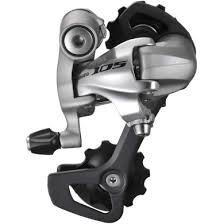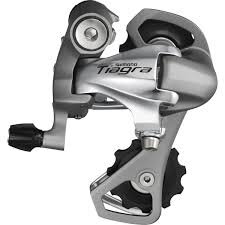EasyPeez
Veteran
- Location
- Cottingham, East Yorkshire
@Yellow Saddle - thanks for your informative post, it's much appreciated and of course it totally makes sense that top end product involves a premium for all the R&D that goes into improving the tech, alongside the better materials.

I'm sure I've read plenty of posts on here where people compare different level Shimano and Sram groupsets in terms of their 'smoothness' or 'crispness' or similar. But maybe they're imagining these things. I guess if I spend £2k on a bike next time instead of £1k I'll want to convince myself that my Dura Ace set-up performs better than my Tiagra too, rather than just looks better and weighs less! Thanks again for your insights.
As someone who has decided to make some sacrifice in the drivechain area in order to prioritise frame, ride, brakes and aesthetics this comes as music to my ears. I can now pretend I knew this all along when making my decision too, of courseSmoother and quieter can easily be explained by set-up, cable quality and age, quantity of lubricant on the chain and the wear state of the chain. Al being equal, you won't hear a difference.

I'm sure I've read plenty of posts on here where people compare different level Shimano and Sram groupsets in terms of their 'smoothness' or 'crispness' or similar. But maybe they're imagining these things. I guess if I spend £2k on a bike next time instead of £1k I'll want to convince myself that my Dura Ace set-up performs better than my Tiagra too, rather than just looks better and weighs less! Thanks again for your insights.


